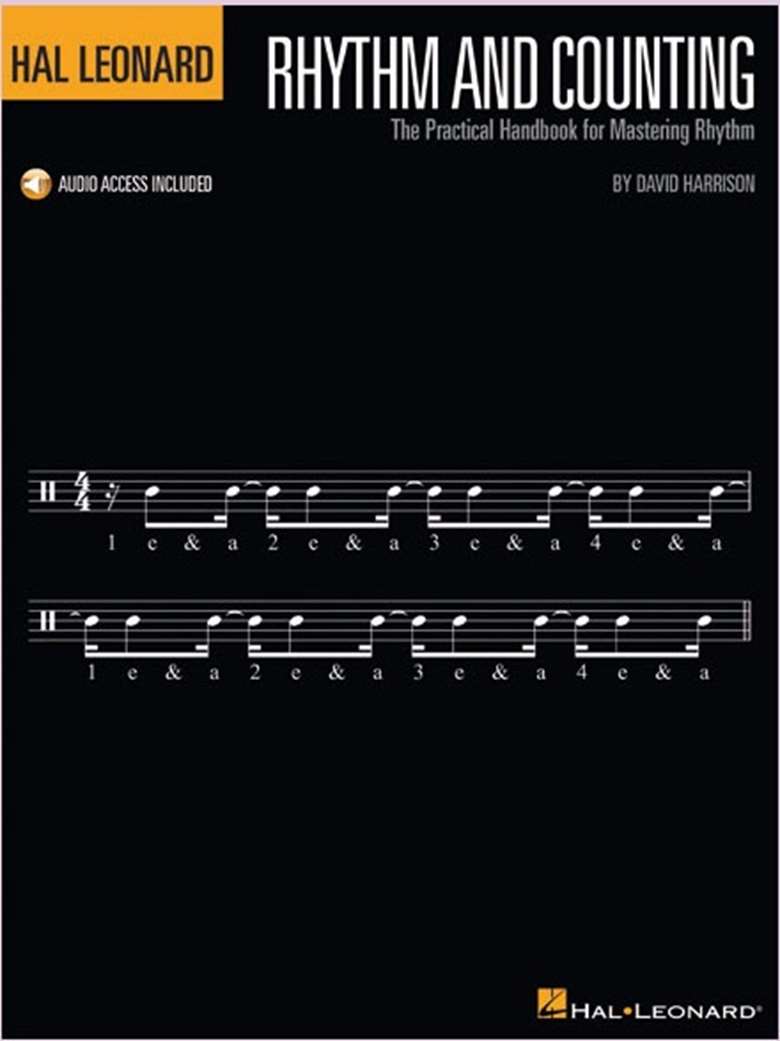Book Reviews: Rhythm & Counting – The Practical Handbook for Mastering Rhythm
Guy Swinton
Tuesday, June 1, 2021
Guy Swinton reviews Rhythm & Counting: The Practical Handbook for Mastering Rhythm, published by Hal Leonard.

Billed as an ‘essential, practical handbook for mastering rhythm’, Rhythm & Counting is an instructional book designed to take readers through approaches in tackling written rhythms. This includes understanding the rhythms themselves and specific techniques for counting more complex patterns.
The book opens with clear description of basic music theory concerning rhythm and metre. Rhythmic concepts range from simple ideas, such as crotchet and bar lines, to much more complex ones, such as syncopation and repeated demisemiquavers. All examples and exercises are supported by audio examples which can be downloaded from Hal Leonard's easy to use MyLibrary – this will be familiar to anyone who has bought one of their books in recent years.
The introduction specifies that the book covers up to and including Grade 3 ABRSM Music Theory, though I would question who this book is aimed at. The use of audio examples would perhaps make the book accessible to musicians who have learnt away from traditional notation, but it seems a very specific subset to be aiming for. All the rhythmic concepts featured would have been covered in any study of an instrument up to Grade 3 standard. For more advanced players, the classic Louis Bellson book Modern Reading Text in 4/4 (or its follow up, Odd Time Reading Text) covers advanced syncopation for musicians wishing to push their sight-reading of rhythms.
Rhythm & Counting could be improved by the inclusion of recommendations on how to use the rhythm exercises in your practice. As a drummer, I was introduced to the aforementioned Bellson book during my university degree, but I didn't actually have much use for it until my teacher discussed some of the ways I could interpret the rhythms – such as using them as imagined horn figures to be interpolated into a groove pattern in the manner of a big band drummer. A lack of such suggestions is perhaps to be expected in a more advanced text but, in a book aimed at relative beginners (at least with regards to reading rhythms), I'd have expected a little more guidance in how the book could be used, aside from simply playing or singing the rhythms on one pitch.
This is a well written and well laid out book with clear and concise descriptions of the topics it covers. If you are specifically looking to develop skills in reading rhythms to Grade 3 level, this would be a good starting point, however I am unsure how widely this would apply.

